
Gangsta's Paradise (Sebastien Roche edit) – Johnny Aloha
this blog is GROOVY – check out great Soul, Funk, Jazz, Hip Hop, Bass, Breaks , Reggae, House n many more TUNES
Hey there, music lovers! 🎶 Let’s take a funky ride through the colorful history of cover songs. We’re diving into how this delightful practice got its groove on and some quirky tales about the artists who’ve made it their own.
In simple terms, a cover song is when an artist records or performs a song that someone else originally wrote or performed. Think of it like borrowing your friend’s favorite dance moves—just with more instruments and less footwork mishaps!
The art of covering tunes isn’t as modern as you might think! Back in the day, folk musicians would swap melodies and lyrics like trading cards at recess. It was all about sharing vibes—no one held tight to their precious songs.
Fast forward to the 1950s and ‘60s, when rock ‘n’ roll exploded onto the scene. Artists frequently covered each other’s hits because if it worked for them, it could work for anyone, right? Elvis Presley put his spin on blues tracks while The Beatles took American rock standards and made them their own. Fun fact: The Beatles’ version of “Twist and Shout” was actually a cover too —the original was by The Top Notes!
This era saw covers becoming pop culture staples. Bands didn’t just play songs; they reinvented them! Jimi Hendrix took Bob Dylan’s “All Along the Watchtower” from folk strumming to psychedelic masterpiece—and we still can’t get over that guitar riff! 🤘✨
Did you know that Hendrix’s bandmates initially thought he was joking when he said he’d be covering Dylan? They were blown away once they heard him bring those heavy guitars into play!
As disco fever set in during the late ’70s, artists continued tweaking previous hits. Take Gloria Gaynor’s “I Will Survive”—originally written for another singer—and bless her heart; she turned it into an anthem for resilience (and late-night karaoke)!
With synthesizers buzzing through speakers in the ‘80s, covering went mainstream more than ever before. Just look at The Buggles’ “Video Killed The Radio Star” —it inspired tons of covers ranging from new wave to heavy metal versions (who knew “heavy” could be such fun?).
But let’s not forget about Nirvana smashing out covers too! Their rendition of David Bowie’s “The Man Who Sold The World” brought grunge elements back into pop culture consciousness—in doing so sparking countless new fans for both bands.
Kurt Cobain famously declared that if they had released every cover they did live, they’d have enough material for five albums… sounds like someone had some hidden treasures lying around!
By now everyone wanted in on this cover action—from boy bands flipping classic tunes (hello NSYNC) to queens like Adele pouring all her soul into her take on Bob Dylan’s “Make You Feel My Love.” And let me tell ya—the charts exploded with these heartfelt renditions.
Then came hip-hop where sampling became king—not quite covering but definitely paying homage! Rappers began dropping beats over classic recordings ensuring oldies stayed fresh while introducing them to newer audiences.
Miley Cyrus once praised Lil’ Kim during an interview saying she’d love if Miley could sing her verses… yeah girl—that would make quite an interesting duet combo!!
Today we find ourselves inundated with covers everywhere—think TikTok trends where users jump onto viral soundtracks remixing anything from ’90 classics to today’s biggest bops.
We even see famous artists paying tribute by releasing full albums dedicated solely towards their renditions —like Pentatonix bringing acapella magic straight off YouTube screens right into our hearts ❤️ .
Think we’ve seen everything? Nope! Here comes Post Malone giving us feel-good vibes layering country influence alongside unforgettable hits making us sway along happily without frowning once (cue earworms).
You’d never guess this—but when Ariana Grande tried out acting, she accidentally auditioned using Celine Dion’s iconic ballad…what does she say? “Oops! Turns out I couldn’t hit those notes!”
And there you have it—a journey through time highlighting how much love exists behind each cover song crafted throughout musical history. Next time you’re vibing out listening across genres just remember—they’re probably throwing back nostalgic feels 🕺💫 . So crank up those remixes , tap your feet along—it’ll make any drab day instantly groovier!!

Gangsta's Paradise (Sebastien Roche edit) – Johnny Aloha
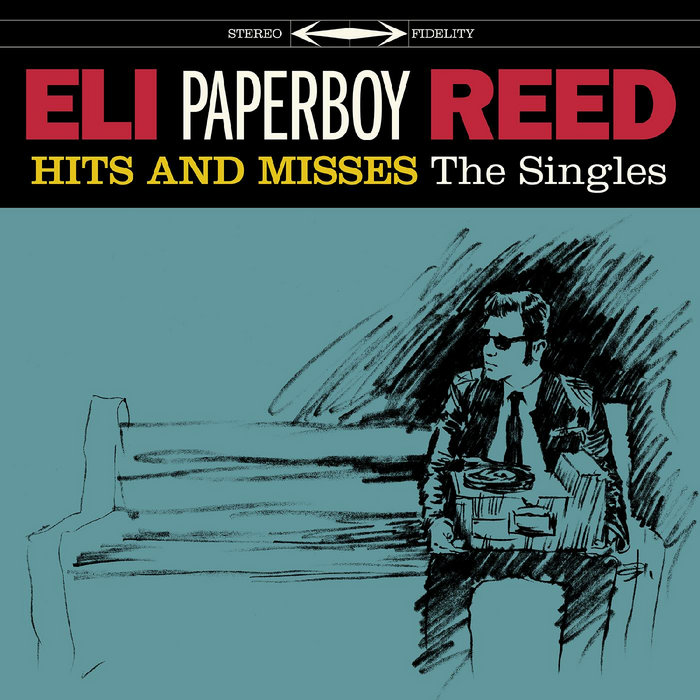
Let’s Straighten It Out – Eli Paperboy Reed
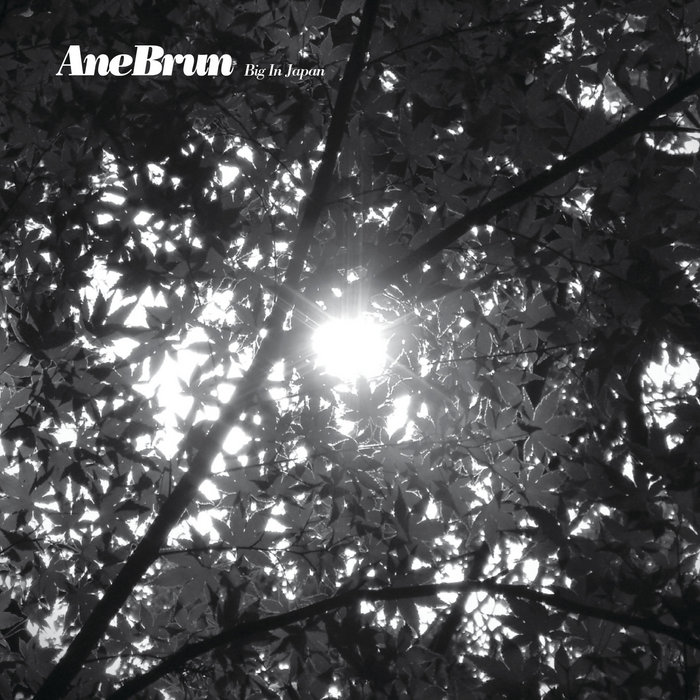
Big in Japan – Ane Brun
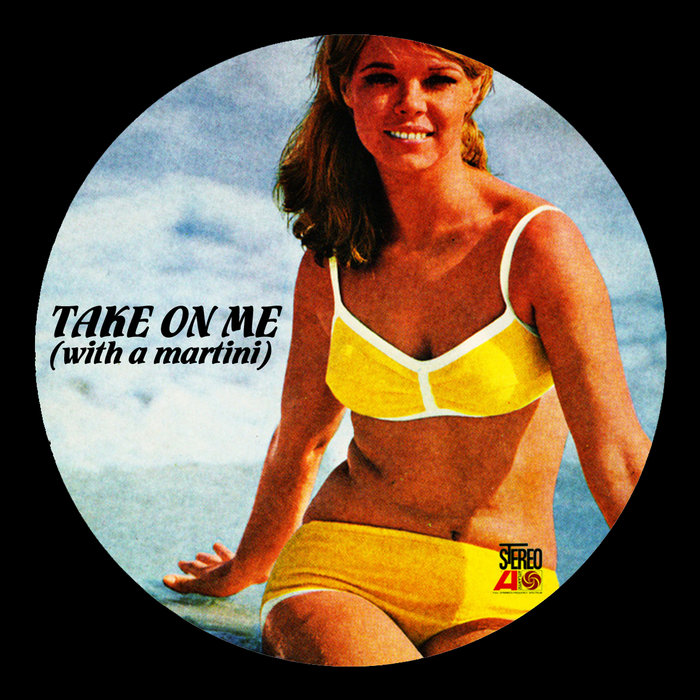
Take On Me (With A Martini) – MINIMATIC
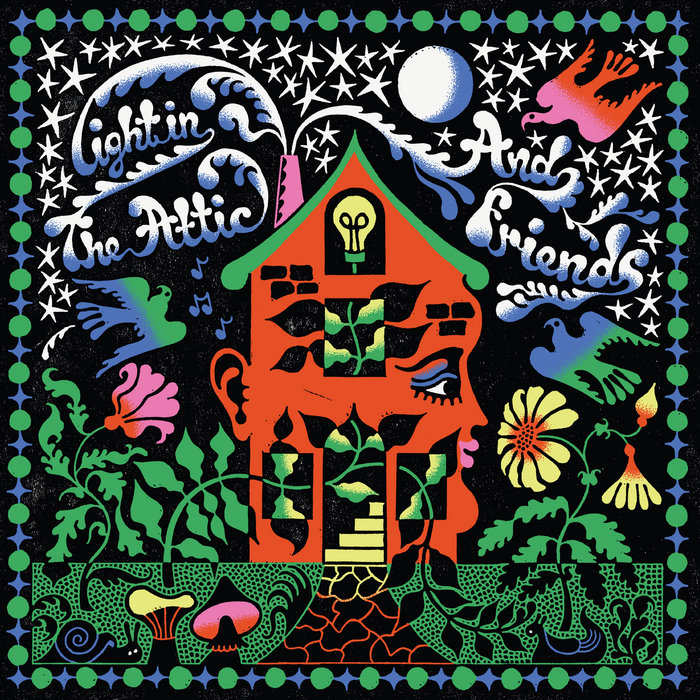
After Laughter (Comes Tears) – Sweet Tea

Mat Hoods – Ain't No Sunshine – That's Not An Edit

Is There Any Love? (Out of the Rain) – T Bird & the Breaks
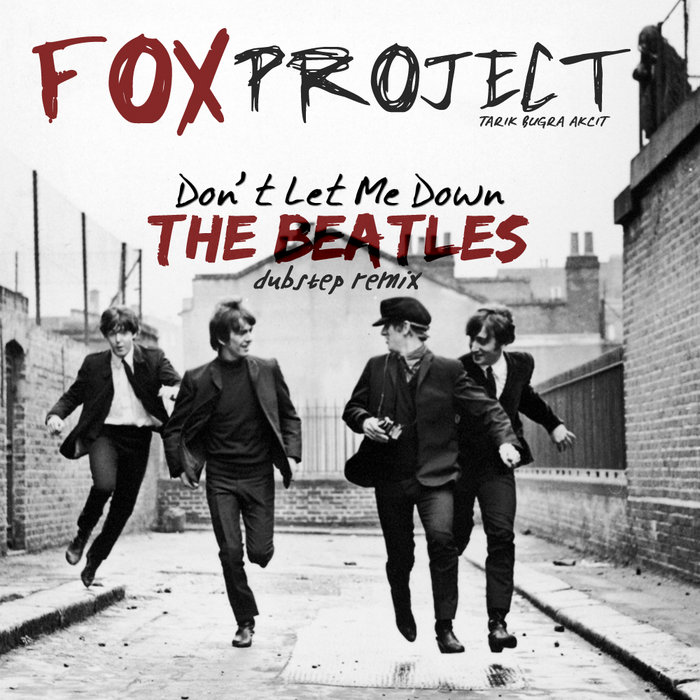
Don't Let Me Down (The Beatles Dubstep Remix) – Buura